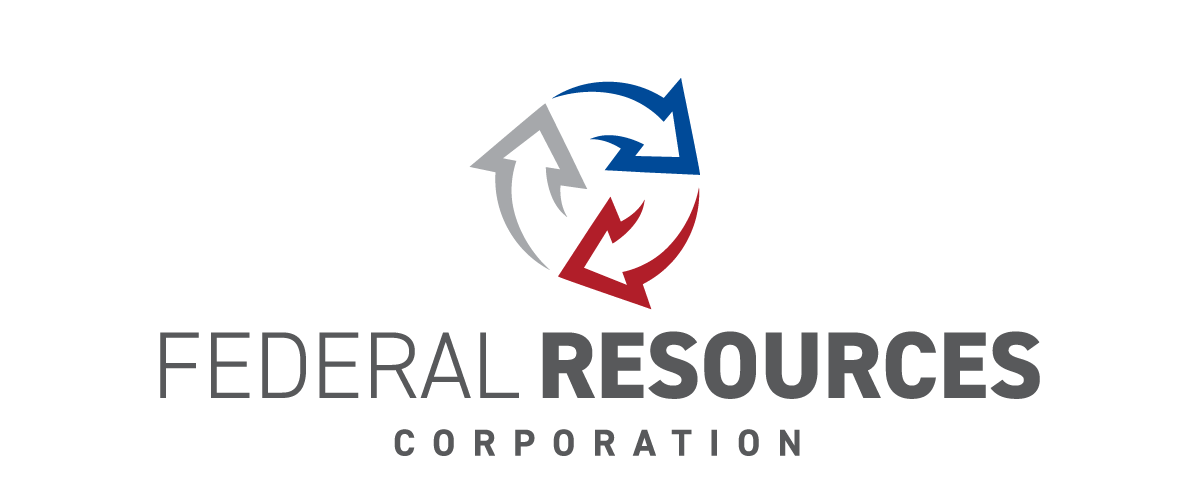
10 Reasons Government Agencies Should Leverage a Value-added Reseller (VAR).
June 26, 2023
SEC Proposes Four-Day Cybersecurity Breach Disclosure Limit: Balancing Transparency and Security
August 1, 2023Shared Responsibility and Good Cyber Hygiene Practices are Necessary for Cybersecurity
The recent cybersecurity breach that targeted some of the largest law firms in the United States has once again highlighted the critical importance of robust cybersecurity measures in an increasingly interconnected world. https://nypost.com/2023/07/08/large-global-law-firms-affected-by-massive-data-brach/ Such incidents serve as a wake-up call, urging organizations and individuals alike to adopt industry best practices in order to effectively mitigate risks and safeguard sensitive information against malicious threats.
The digital landscape has witnessed unprecedented growth and innovation in recent years. Unfortunately, this progress has also brought about new avenues for cyber threats and attacks. Cybercriminals have become more sophisticated, utilizing advanced techniques to breach even the most secure networks. The legal sector, which handles vast amounts of sensitive and confidential information, has emerged as a prime target for cyberattacks. It is imperative that the gravity of this situation is recognized and that proactive steps are taken to fortify defenses.
Cybersecurity is a collective responsibility that extends beyond IT departments. Organizations must foster a culture of shared responsibility, with all employees, stakeholders, and clients actively participating in safeguarding sensitive data. A comprehensive approach to cybersecurity involves:
Education and Training: Annual awareness programs to educate employees about the latest threats, social engineering techniques, and best practices. Raising awareness empowers individuals to identify and report potential risks promptly.
Strong Password Policies: Enforce the use of complex passwords and encourage the use of multi-factor authentication (MFA). Password managers can assist in generating and securely storing unique passwords for each account, minimizing the risk of unauthorized access.
Secure Remote Work Environment: With the rise of remote work, organizations must ensure secure access to sensitive information. Implementing secure remote access solutions, encrypted communications, and VPNs can help safeguard data transmitted outside the office network.
Regular Software Updates and Patching: Promptly applying software updates and patches is vital to address vulnerabilities. Organizations should implement robust patch management procedures and automate the update process whenever possible.
Maintaining good cyber hygiene is paramount in preventing cybersecurity breaches. Good cyber hygiene involves implementing a set of best practices and measures in order to maintain a healthy and secure digital environment. For example:
- By implementing automated, regular backups of critical data to offline or cloud storage you ensure data availability and enable swift recovery in case of a breach or system failure.
- Dividing networks into smaller segments limits the potential damage of an attack. It prevents unauthorized lateral movement within the network, isolating sensitive information and critical systems.
- Deploying IDPS technologies helps detect and mitigate potential threats in real time, providing an additional layer of defense against cyberattacks.
- Develop a comprehensive incident response plan that outlines clear steps to be taken in the event of a cybersecurity breach. Test and update this plan regularly to ensure its effectiveness.
- Encrypting data and files at rest – Make sure that files are encrypted when stored in your file directories or SharePoint. This is related to MOVEit in that if a hacker gets to files stored in a directory and downloads them, then at least the files are encrypted and will prevent breach of confidentiality.
- Proper records management – In the MOVEit example, organizations used MOVEit to transfer files (a secure file transfer software). But if an agency keeps its files in the folders and never removes them, archives them, etc…then it can easily grow and have years of accumulated files in the file directory. Rather, have a records management policy to move files/records to backup and archival locations.
By taking a shared responsibility approach and implementing and maintaining good cyber hygiene practices, individuals and organizations can significantly reduce the likelihood of cyber breaches, protect sensitive data, and safeguard their digital assets from malicious actors.



